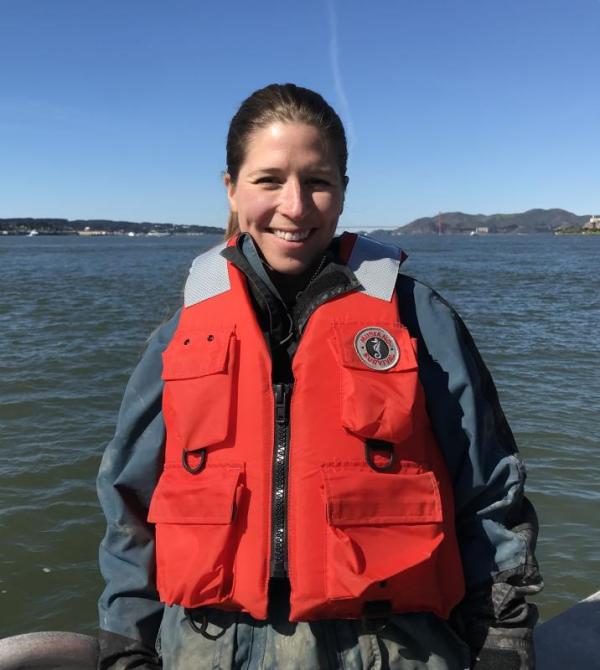Learn about water quality issues, such as low dissolved oxygen, that can arise in the complex environment of Lower South Bay sloughs and the Restoration Project’s gated and culverted pond habitats, as Ariella Chelsky of the San Francisco Estuary Institute discusses her research.
- Watch video
- See and download Presentation Slides
- See additional questions and comments shared via chat
Speaker Bio:
Ariella Chelsky is a Managing Senior Scientist at the San Francisco Estuary Institute. At SFEI, she oversees nutrient biogeochemistry and monitoring within the Nutrient Management Strategy, a research program that studies the impacts of nutrient loads on San Francisco Bay and evaluates potential management actions. Ariella has a BSc in marine biology from the University of British Columbia in Vancouver, Canada and a PhD in marine ecology and biogeochemistry from Griffith University in Australia. Prior to joining SFEI, Ariella was a postdoc at the Louisiana Universities Marine Consortium where she studied the impact of the Deepwater Horizon oil spill on salt marsh biogeochemistry and plant ecology.
Further Info on Topic: San Francisco's Lower South Bay connects to a network of shallow sloughs and managed former salt ponds that are in the process of being restored to tidal marsh or being enhanced as pond habitat. Water flowing between the Bay, sloughs, and restored tidal areas, and managed ponds creates complex interactions between the three habitats. In particular, the shallow sloughs, which provide important habitat for fish and other organisms, have the potential to be dramatically impacted by waters flowing out from the restored former salt ponds. Dissolved oxygen levels already drop very low in several sloughs, and we need to better understand the potential effects of future restoration activities to help prevent additional impairment. In her talk, Ariella explains what we have learned about the interactions between these habitats using data from water quality sensors and complex model analysis. Understanding the relationships between nutrients, marshes, salt pond habitats, and water quality will help managers mitigate negative impacts as restoration efforts continue.
Scientific Question
What is the effect of Restoration Project pond management, and increased tidal prism from tidal marsh restoration, on water quality in the South Bay?
Lunch and Learn Science Speaker Series
This presentation is one in a series put forth by the South Bay Salt Pond Restoration Project. The series addresses science and adaptive management done in support of or in collaboration with our Restoration Project as well as relevant outside work. Speakers discuss research, modeling, and monitoring efforts and how Restoration Project managers are using science to inform decisions about restoration, flood risk management, and public access.



